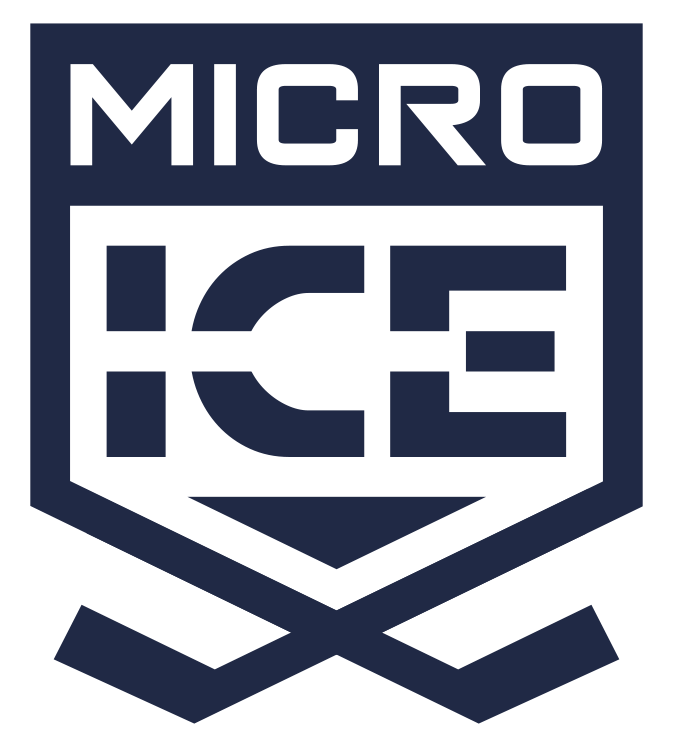MARCH 25TH, 2009
“It’s just a game.” How many times have we heard or even used this hackneyed expression? The phrase is meant to settle the intense participants and avid fans whose emotional stability depends so highly on sports, but I have always wondered how much truth lies within its message.
At a women’s collegiate ice hockey game just a few months ago, a freshman starter of the away team skated to the blue line as her name was announced over the loudspeaker. With all eyes on her, the unspeakable occurred. For any player, tumbling at the blue line during the starting line-up is one of the most embarrassing events that could happen, but for a green freshman, the shame is indescribable. This was not your average slip-and-fall. The feet of the freshman flew up to her shoulders as her body hovered parallel to the ice for what seemed like minutes. She went down with limbs flailing as she landed flat on her back.
Horrified chatter only continued as the next starter skated and fell at the blue line. Some asked, “What’s wrong with the ice?” Others laughed in hysterics. Four more slippery spills were taken consecutively and the impolite snickers and uncontrollable chuckles quickly turned into envious stares. Suddenly everyone in the arena wished they were wearing the same jersey as the away team. Who would not want a group of people willing to sacrifice their own dignity for yours standing behind you?
Even more recent than this occurrence, I have witnessed multiple incidents where the people involved should be more ashamed, more embarrassed, and more mortified than the first player to fall on the blue line. These incidents were that of rink rage, where parents have acted inappropriately in ways that only embarrass themselves and their young hockey players. Not only does it cause shame for the child, it instills in them the notion that the correct way to deal with an issue is to yell, scream, hit, and fight.
The minds of children are vulnerable and impressionable. They are easily influenced and molded by the events that they witness on a daily basis. What was inconceivable and impossible to the seven and eight year olds who witnessed the unacceptable behavior from their role models quickly became a reality. We expect children not to swing their sticks at their peers on the ice after we tell them not to, but we have no problem swinging our fists at others.
Somewhere down the line, the members of that women’s ice hockey team learned what it meant to do the right things. Somewhere between mites and college, someone showed them the meaning of “unity.” If they did not know it before, they certainly learned it then. It is a valuable lesson that they will carry with them as a curtain falls on each of their hockey careers and another opens on their post-ice lives. It is a lesson learned through sport. Just as they, along with the rest of the witnesses to the event, walked out of the rink having learned something, the young skaters that saw the atrocious behavior of their parents learned something, as well. How can we expect our youth to stand up for what isright in the best possible ways when we demonstrate the wrong ones?
We always have a choice between right and wrong. It is our responsibility to steer the ship down the path of morality, fairness, and self-control for the generations to follow. Through sport, we can instill justice or wickedness. Together, we can mold the minds of young athletes so the lessons learned on and at the rink are carried with them outside of the encompassing boards and glass. It is time to hold each other accountable for our behavior, especially in front of the impressionable young minds of the next generation.
The truth of the matter is that it is a game, but it is not and never will be just a game.
